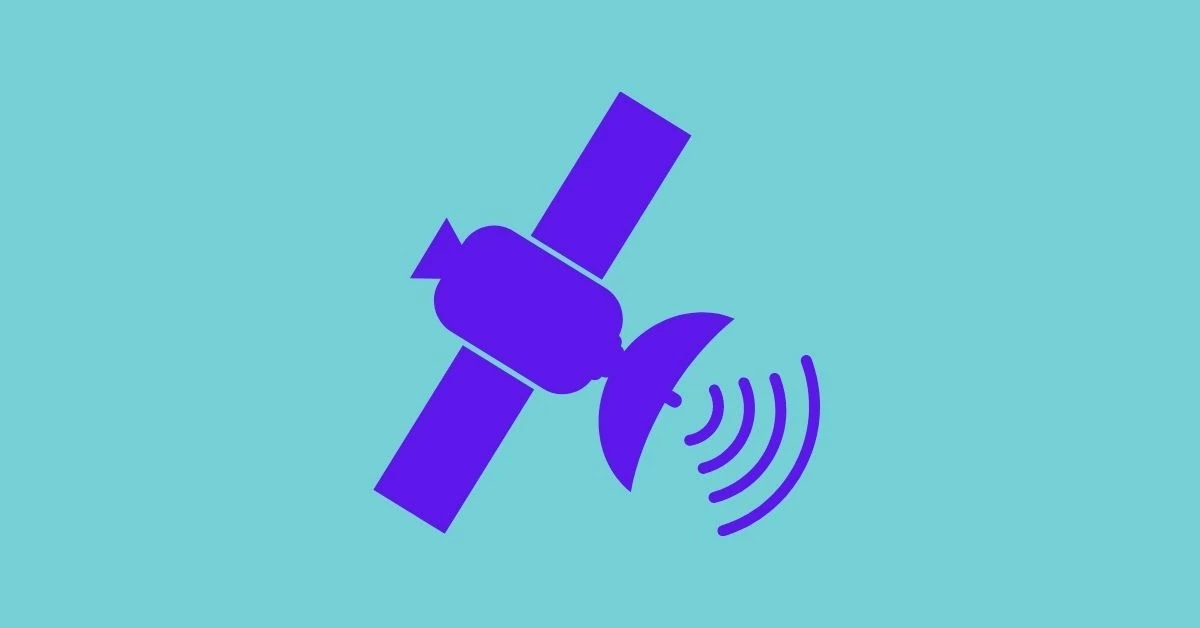Learn what is satellite used for and how it can help you in your everyday life.
Read about the various uses and applications satellites are used for, including how to build your own.
What Is Satellite Used For Guide-2021
What Is A Satellite?
A satellite, also known as a Satcom, is an object in space that contains telecommunications equipment. Satellites are used for telecommunications and navigation, as well as for intelligence gathering and weather research. Many satellites orbit at lower altitudes than aircraft, so their ability to observe changes on the ground is less affected by the atmosphere's turbulence. In general, satcoms cost a lot to operate because they are used for data relay and not for communication. Communications & Navigation Satellites orbit the Earth and maintain positions at a fixed rate of speed. In this sense, satellites are in a stable orbit.
The Benefits of Satellite
Since satellites are fixed in space, they have an impressive amount of inertia which ensures that you can rely on them to always be in position relative to the ground. Satellites also have a much longer life span than your analog cell phone and don't even need to be turned on to work, making them reliable pieces of technology. Also, Read Hands-On With the New Nokia 6 What Are the Consequences of Not Having Satellite One of the major issues with relying on satellite communication is that your device's battery will drain quickly as it re-establishes its connection to the satellites. If you're used to listening to music for several hours while on a plane and need to call the airlines during the flight, you'll probably find your battery dead at the end of the flight.
How Do They Broadcast Signals?
Satellite signals are transmitted via signals beamed to the satellite from radio or TV towers on the ground, or from high frequency (HF) satellite transmissions and radio transmissions from stations on the ground. To receive a satellite signal, both the transmitters and receivers must be lined up with the satellite. Usually, the transmitters are installed at each end of a fiber-optic cable running from one end of a country to the other. The receiver is located on the other end of the cable, near the center of the country, in a tower or rooftop antenna. Types of Satellites: Polar These satellites pass over the poles and can broadcast signals in one direction or the other, and stay on a fixed location for their entire life span.
How Do Satellites Work?
Satellite signals are relayed through radio waves, then converted into cellular signals for transmission to a phone. Each satellite carries a certain number of channels. This determines which cellular towers can access it. Which Cellular Companies Offer Satellite Communications? Compass One Solutions, which is a satellite communications provider, currently offers service on every airline that has built a satellite. How Much Does Satellite Communications Cost? Satellite service costs depend on where you are traveling, but the general cost is about $2 to $3 per minute. Many providers offer a 10-minute package. The most popular plan is a 30-minute package that costs about $11. What Information Can You Provide to Experts for the Offset Report?
What Is The International Space Station?
Essentially, it's a communication and research station in space. The space station can provide health monitoring and tests for disease outbreaks, as well as studying space radiation and radiation damage, solar storms, the cosmos, and more. What Is GPS? GPS stands for Global Positioning System. This is a technology that can be used for transportation and public safety. GPS was originally called NAVSTAR because it was developed for the U.S. military. What Is GNSS (GNSS)? This is the phrase that you'll see most often associated with GPS, and it stands for Geostationary Navigation Satellite System. It works on a very, very precise basis, and as the name suggests, it sends a signal that stays in one spot.
Current Uses For Satellites
The widespread use of satellite-based communication is not new. The first system was developed in 1964 to improve communications in a missile field. More recently, satellites have been used to build remote, renewable power sources, to study the weather, and to determine crop yields, among other uses. Satellites have also been used to provide communication to military troops in Afghanistan, and to monitor illegal fishing, among other uses. Since the 1990s, GPS satellite positioning has become a widespread means of navigating vehicles and communicating across vast distances. The emergence of the Internet of Things (IoT) has increased the need for remote sensing to gather data. For example, the IoT relies on the large-scale use of sensors and can benefit from remote sensing.
Global Positioning System (GPS)
What Is It Used For: The Answer You Need By constantly measuring the distance between two points, GPS provides position and time for satellites around the world. GPS is used in many applications, like navigation, vehicle-tracking systems, broadcasting, and streaming. Global Navigation Satellite System (GNSS) What Is It Used For: The Answer You Need A constellation of 33 satellite navigation (GNSS) satellites acts as a satellite positioning system. GNSS provides positioning, navigation, and timing services for use in an array of applications. One of the main reasons for its use is autonomous cars.
Disaster Response and Recovery Assistance
In addition to providing communication for rural areas and disaster recovery efforts, satellites also provide essential tracking and telemetry for rescuers. Satellites can be used for earthquake-tectonics studies and meteorological studies and have led to advanced forecasting and even more accurate storm and hurricane track and intensity forecasts. Remote Sensing Applications For professional and commercial applications, satellites offer excellent mapping capabilities. Because of the location of their orbits (e.g., the low-earth orbit), high-resolution images can be acquired in only minutes and analyzed in minutes as well. Drones (Unmanned Aerial Vehicles) Drones have taken the world by storm, becoming increasingly popular with both hobbyists and professional photographers.
In-flight phone communications
During takeoff and landing, aircraft rely on VHF radio frequency bands to communicate with other aircraft. A VHF radio frequency is a wireless radio frequency that is associated with land-based radio. Radio signals of the same frequency as that of aircraft are received by the aircraft and bounced back. An aircraft whose VHF frequency matches the wavelength of the transmitted signal will respond to it and share that signal with other aircraft flying at similar altitudes. In addition, aircraft use wideband frequency modulation (WBFM) communication to talk to ground-based networks. Wideband means that a voice waveform can have many frequencies in the same period of time. This is possible because of the much larger bandwidth available for voice transmission than for data transmission.
The future of satellite technology
So what's happening to satellites? Well, the future looks very bright, particularly when you consider that all the new technologies which are appearing every day can be driven by the use of satellites. We'll take a look at a few of the most prominent and powerful satellite technologies that are currently on the horizon. 3D Imaging and the Internet of Things NASA's Worldview program is using satellites to map the world and generate 3D models. The data is used to create maps and also, increasingly, 3D images. The data is stored on servers in the United States, making it available to anyone with an Internet connection. So the next time you find yourself lost in an unknown part of the globe, you may be able to search a 3D model of the area to find your way back to your home base.
Last Word
I hope you found this informative and thought-provoking. Let me know if you have any questions about satellite







0 Comments
We will get back to you shortly.